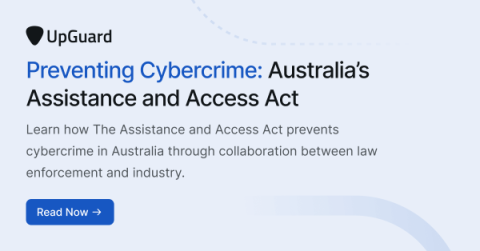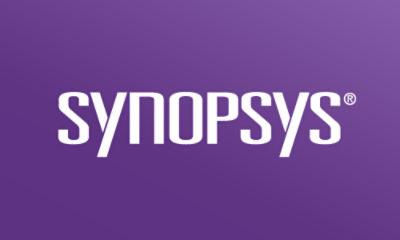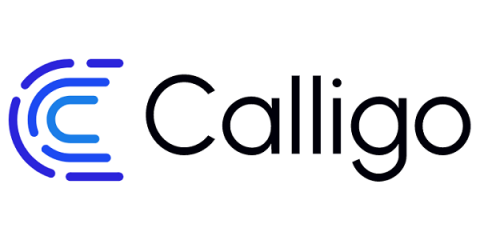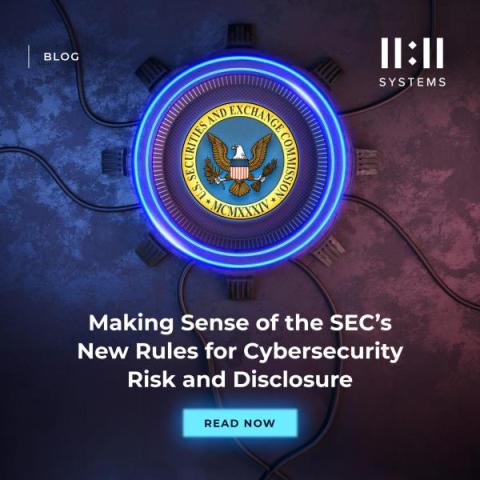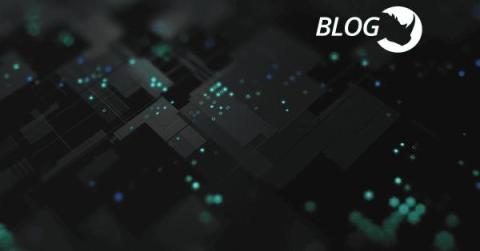Preventing Cybercrime: Australia's Assistance and Access Act
As organizations and businesses undergo digital transformations, so do criminals and other nefarious actors. In today’s modern era, criminal activity frequently occurs online through digital communication channels, providing avenues for phishing, data loss, and security breaches.


